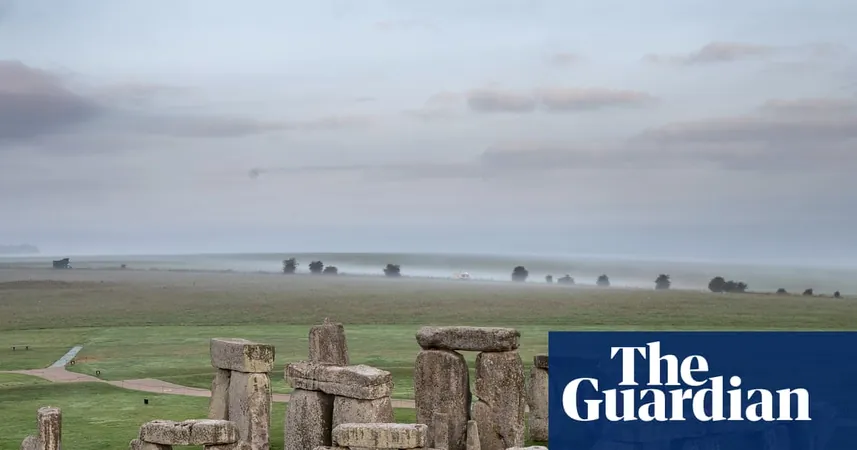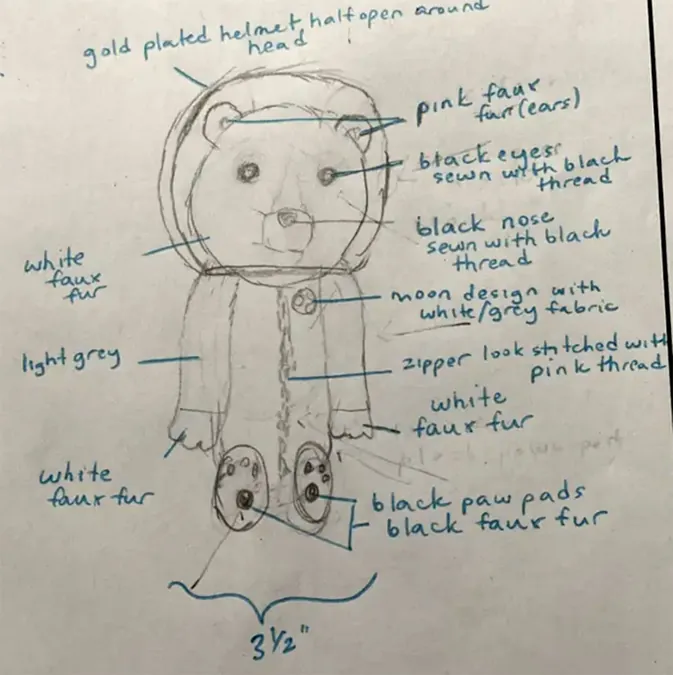
Ancient Cow's Tooth: A Key to Unlocking Stonehenge's Secrets?
2025-08-21
Author: Michael
A Surprising Discovery at Stonehenge
An unexpected find at Stonehenge—a cow's tooth from a jawbone, strategically placed at the monument's entrance—might hold the key to unraveling age-old mysteries about how massive stones were transported around 125 miles from Wales to Salisbury Plain.
Cows as Beasts of Burden?
Analysis of the cow's third molar reveals it spent its early years in Wales, supporting a fascinating theory that cows were indeed utilized as beasts of burden to move the enormous stones. This jawbone has captivated historians since its discovery a century ago, raising questions about its origin and its significance.
Scientific Breakthroughs Shine Light on the Past
Researchers from the British Geological Survey, Cardiff University, and University College London uncovered that lead isotopes in the tooth's structure indicated a connection to ancient Palaeozoic rocks found predominantly in Wales. This revelation hints that the cow likely grazed on these older geological formations before its arrival at Stonehenge.
According to Prof. Jane Evans, an honorary research associate at BGS, the isotope analysis suggests, "Wales is the closest area for that type of lead composition, implying this cow had a life before it reached Wiltshire. It spent time grazing on older rocks, strongly pointing to Wales as its birthplace."
Ritualistic Significance of the Jawbone
The jawbone's specific placement within Stonehenge’s earliest ring structure indicates it may have been part of a ritual, drawing archaeologists to ponder its purpose. Was it a remnant of the people involved in transporting the stones, or perhaps an offering honoring the monumental construction?
Reshaping Our Understanding of Neolithic Practices
Despite earlier beliefs that cattle weren't used for labor in Neolithic times, recent findings challenge this notion. Prof. Evans notes, "The physical characteristics of some breeds suggest they could have been used for hauling, feeding into the idea that cattle played a significant role during this era." Even if it wasn't cows, it's possible oxen were employed in the grueling task.
Dietary Secrets Revealed
Carbon isotope analysis indicates that the female cow had a diet that shifted with the seasons—woodland fodder in winter and open pastures in summer—suggesting she might have migrated seasonally or had access to imported winter feed.
The Cow's Journey to Stonehenge
Whether this cow arrived alive at the site or its remains were brought in for a purpose remains unclear. However, researchers believe it could signify the animal held some importance during the erection of Stonehenge.
A New Chapter in Stonehenge's Story
Prof. Michael Parker Pearson of UCL stated, "This adds yet another intriguing layer to our understanding of Stonehenge's connection with south-west Wales, raising the tantalizing possibility that cattle facilitated the monumental transport of stones.”
Richard Madgwick, a professor at Cardiff, echoed this sentiment, highlighting that this revelation provides an unparalleled insight into the animal's origins and the challenging path it endured, adding a unique narrative to the rich history of Stonehenge.









 Brasil (PT)
Brasil (PT)
 Canada (EN)
Canada (EN)
 Chile (ES)
Chile (ES)
 Česko (CS)
Česko (CS)
 대한민국 (KO)
대한민국 (KO)
 España (ES)
España (ES)
 France (FR)
France (FR)
 Hong Kong (EN)
Hong Kong (EN)
 Italia (IT)
Italia (IT)
 日本 (JA)
日本 (JA)
 Magyarország (HU)
Magyarország (HU)
 Norge (NO)
Norge (NO)
 Polska (PL)
Polska (PL)
 Schweiz (DE)
Schweiz (DE)
 Singapore (EN)
Singapore (EN)
 Sverige (SV)
Sverige (SV)
 Suomi (FI)
Suomi (FI)
 Türkiye (TR)
Türkiye (TR)
 الإمارات العربية المتحدة (AR)
الإمارات العربية المتحدة (AR)